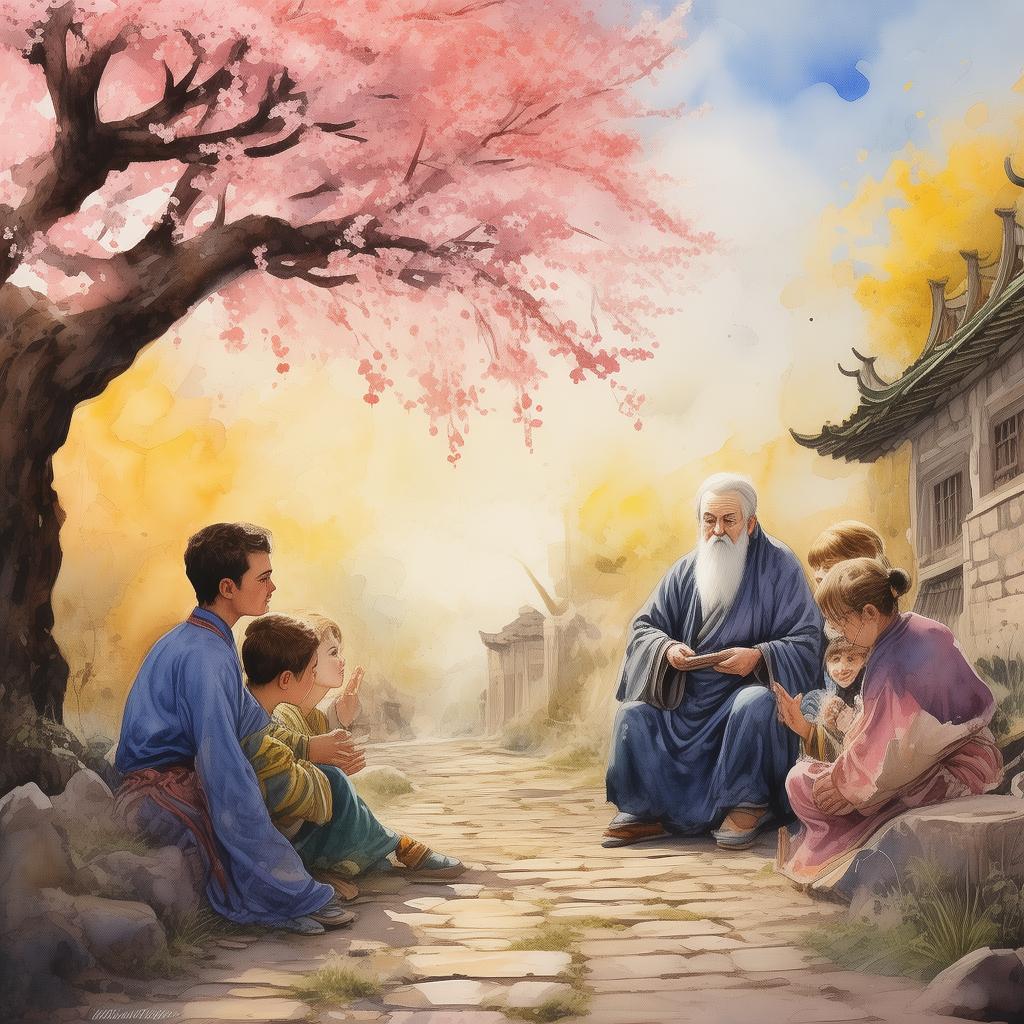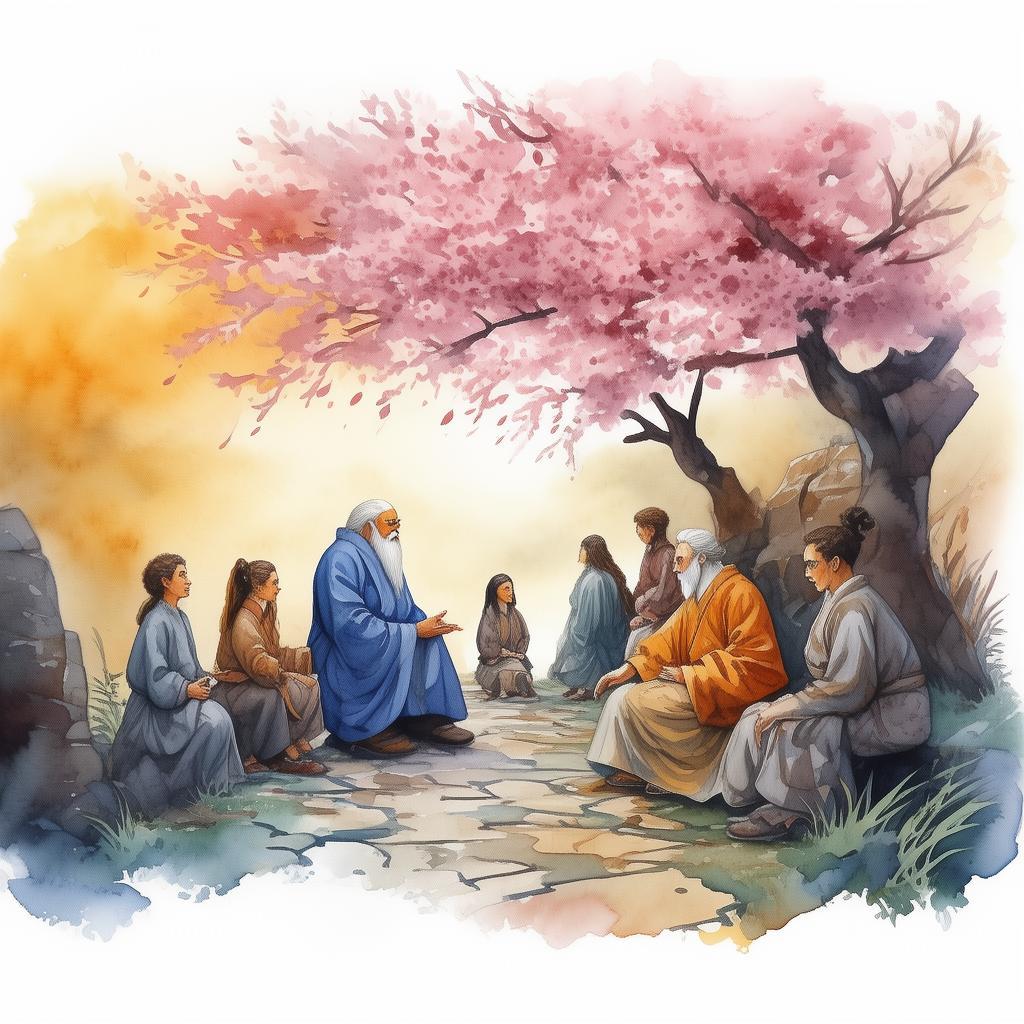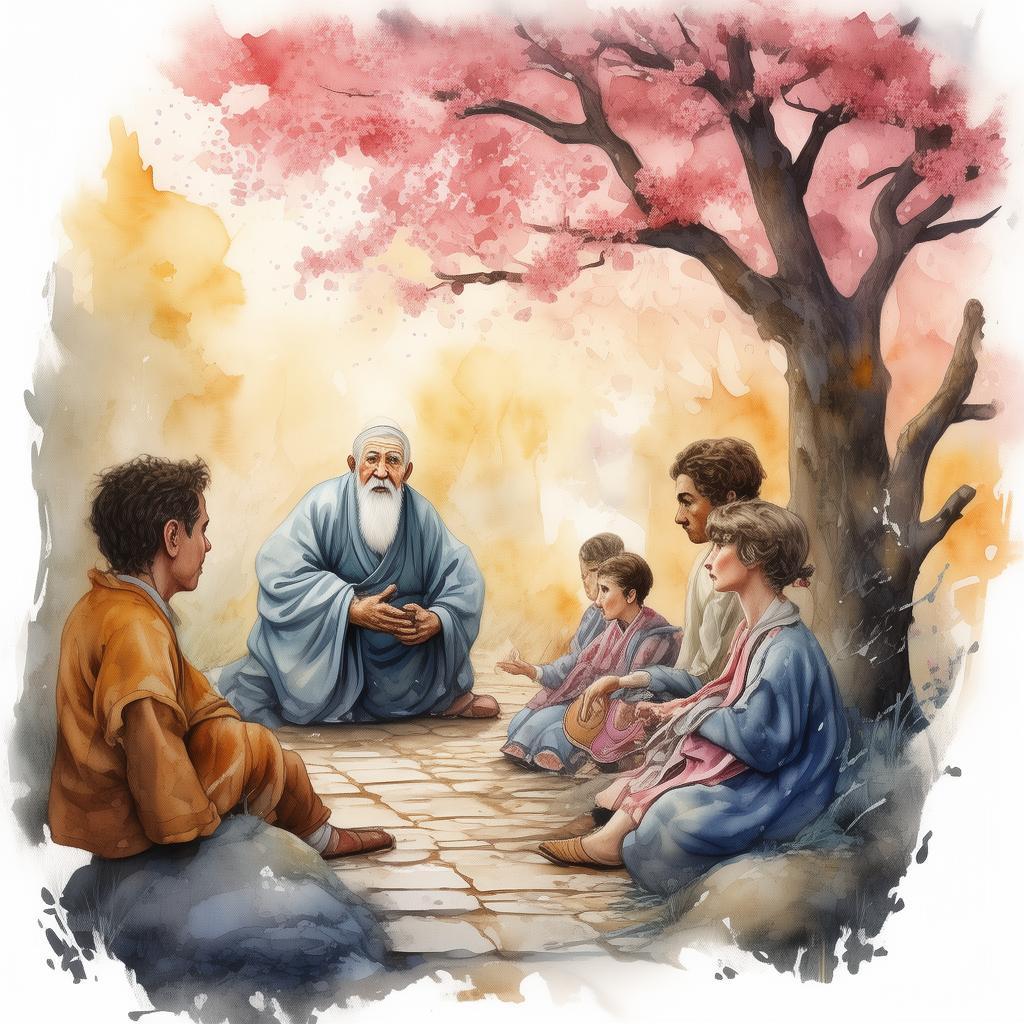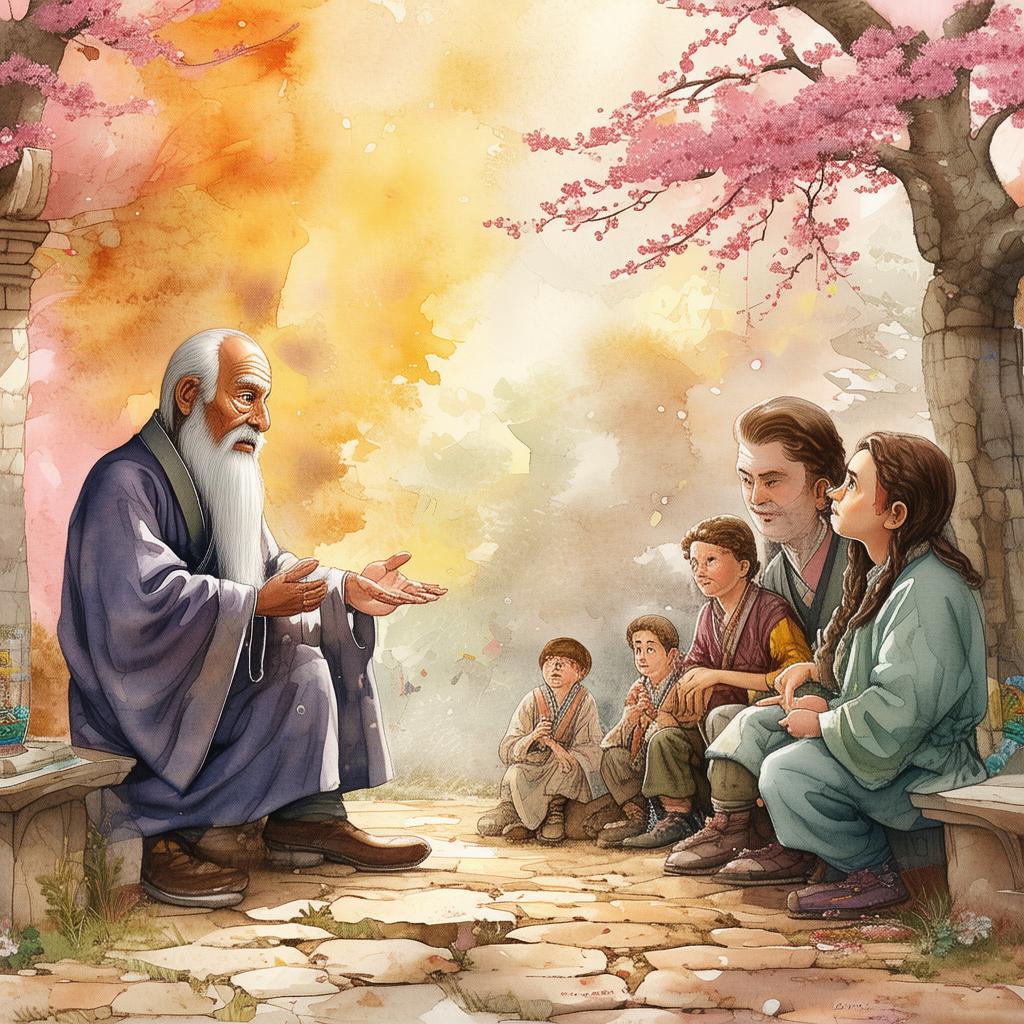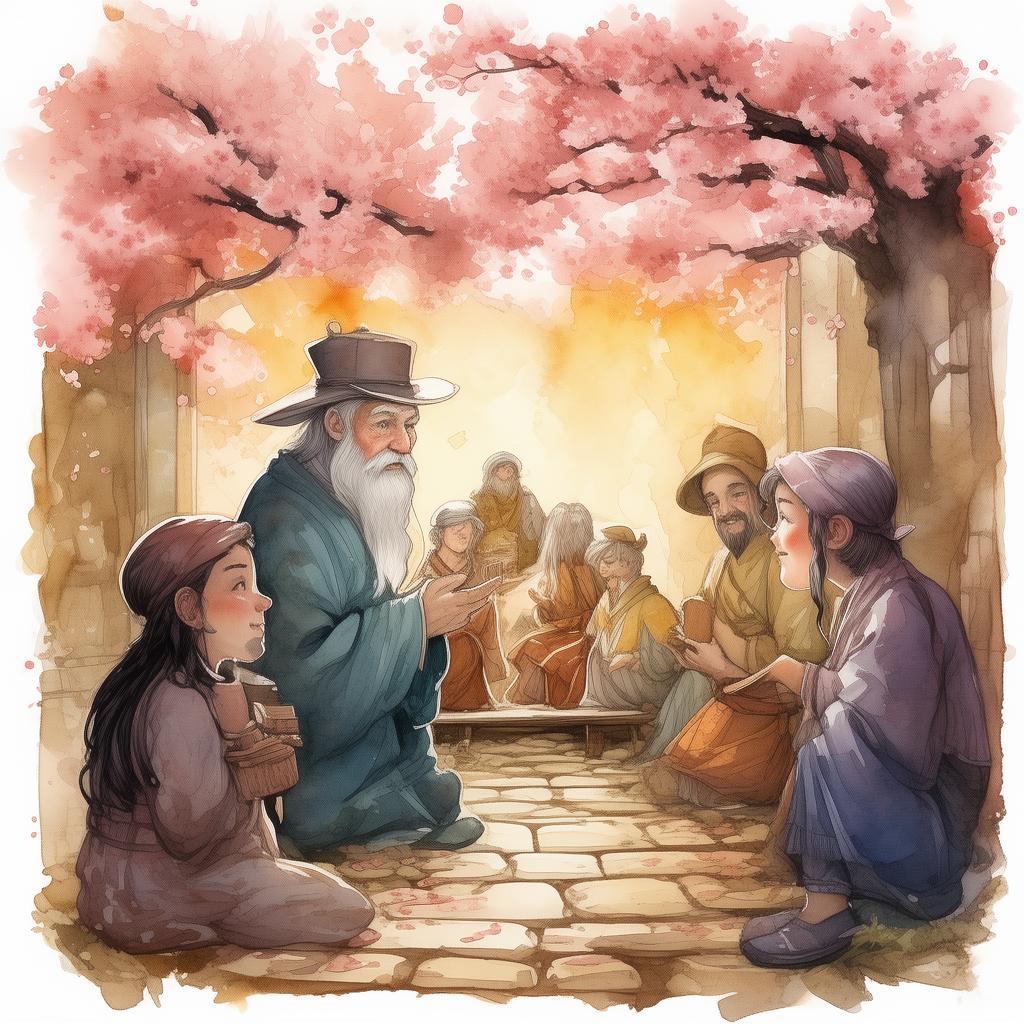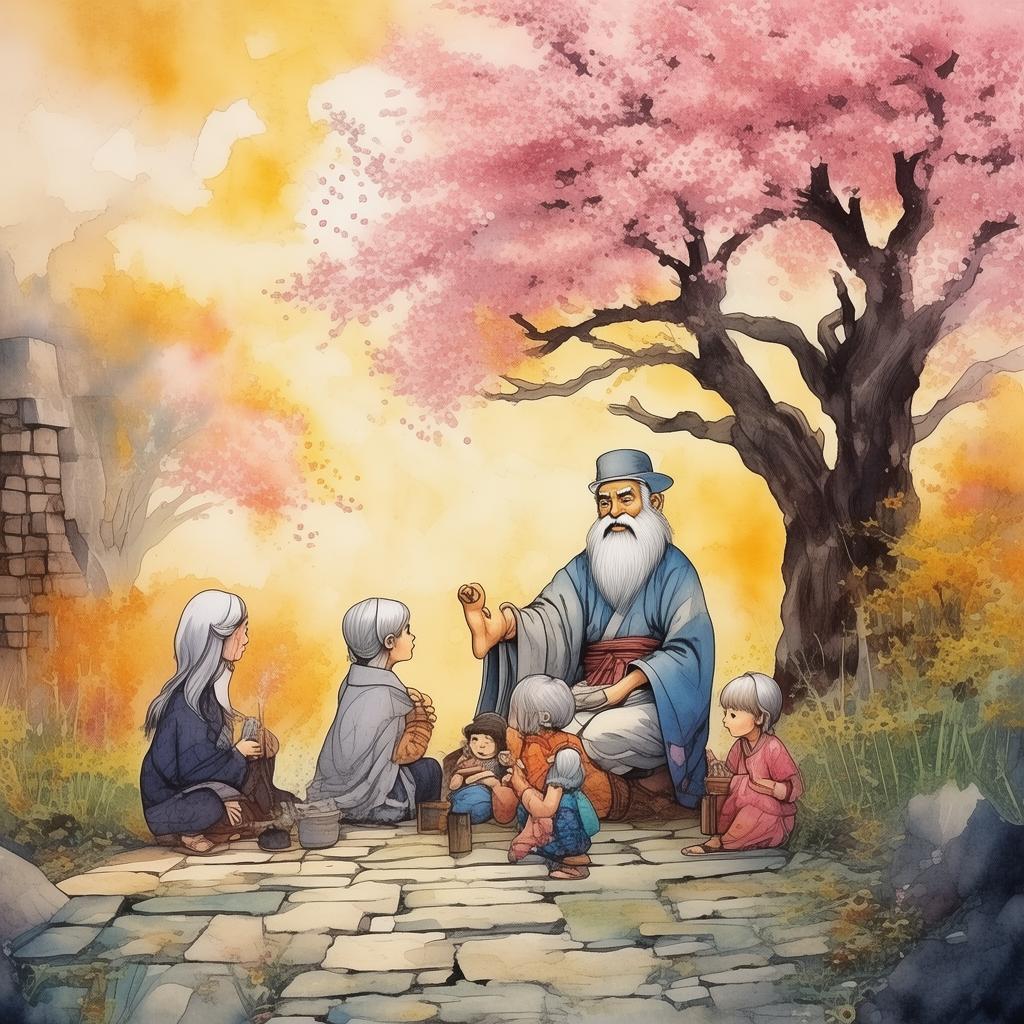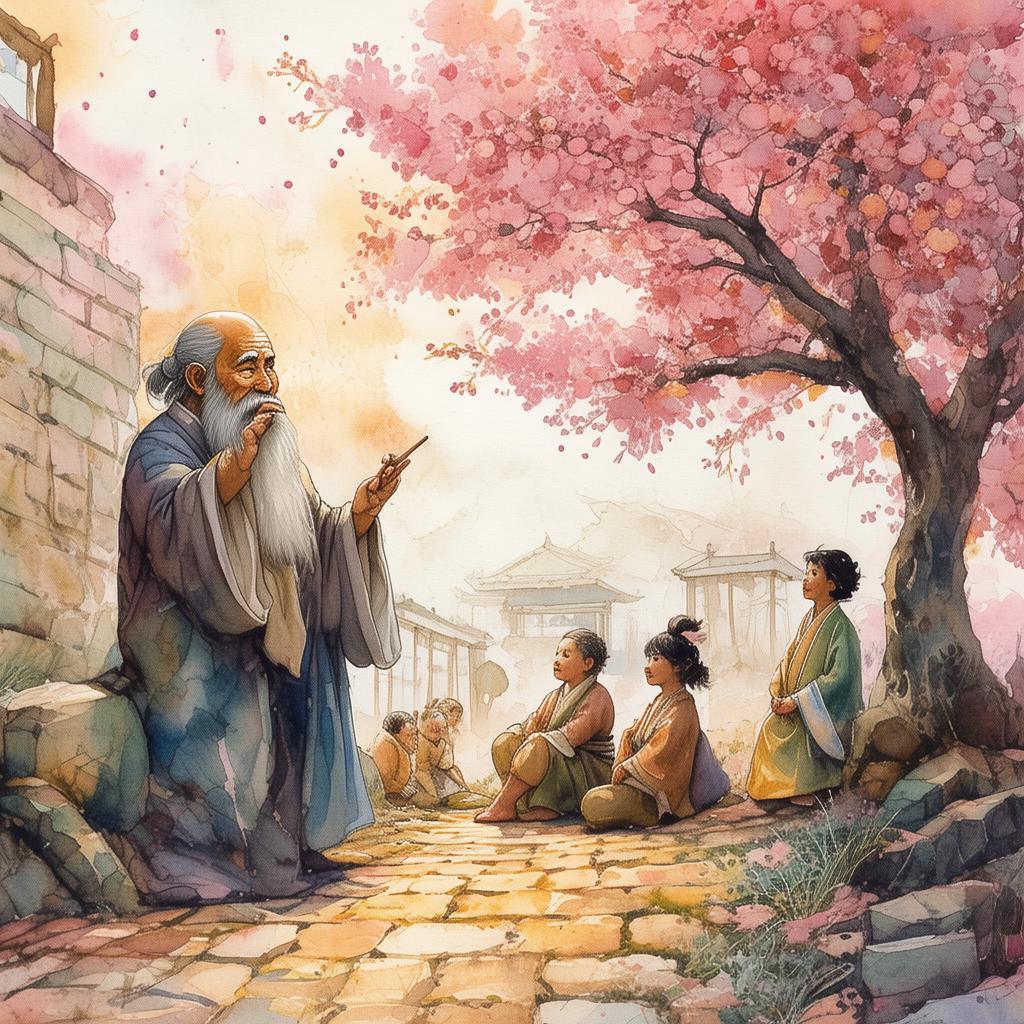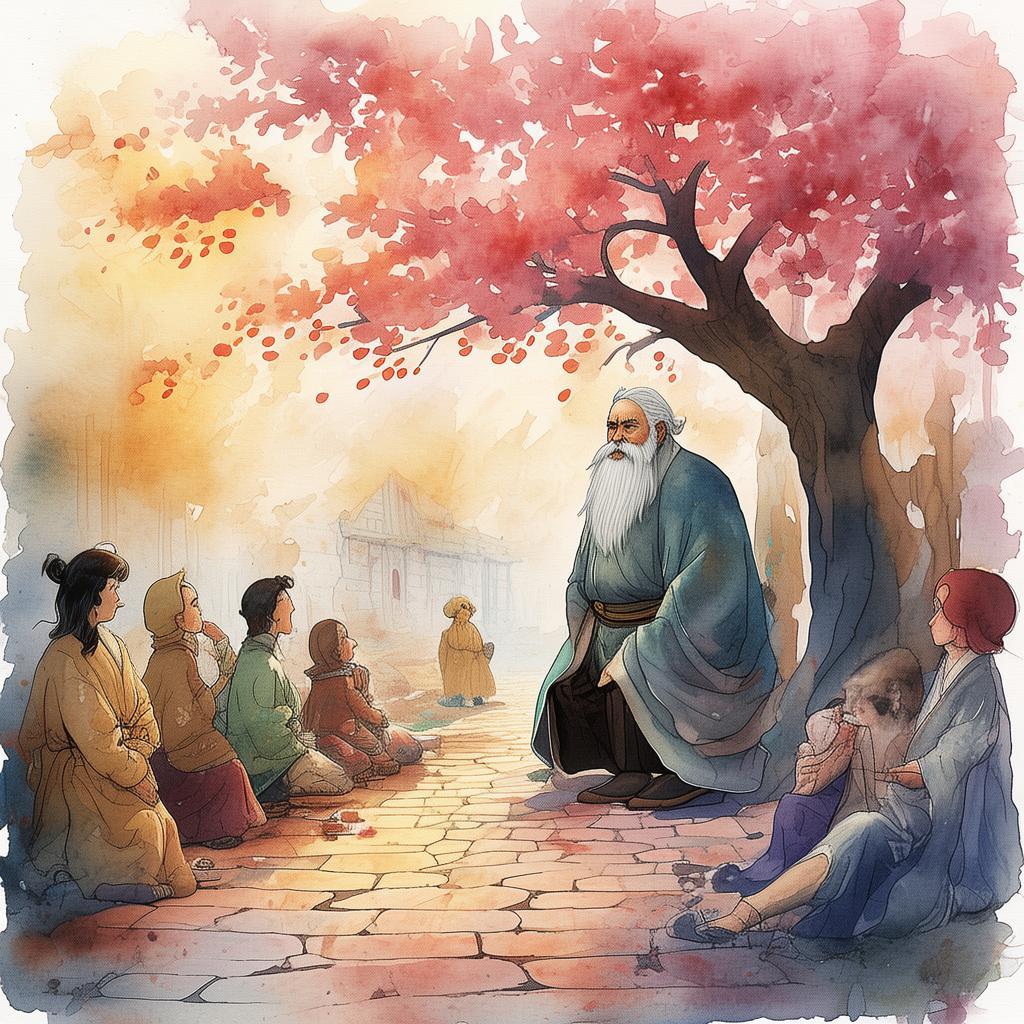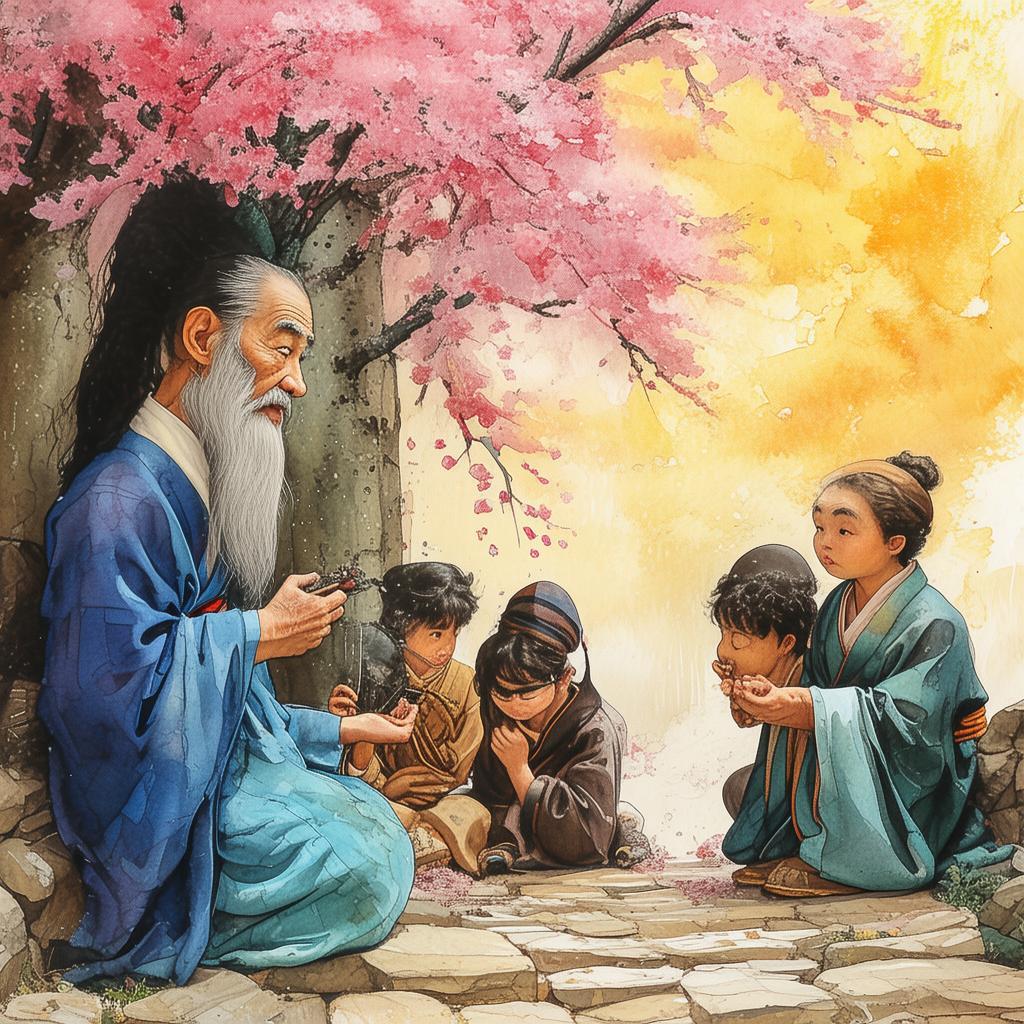The Willow's Resurrection: A Tale of Endurance and Renewal
In the heart of an ancient Chinese village, nestled between rolling hills and a tranquil river, there stood a willow tree that had witnessed centuries pass by. The villagers called it the “Old Willow” for its age and the tales it whispered to the wind. The tree was not just a landmark; it was a symbol of endurance and resilience, a beacon of hope in the community.
One crisp autumn, the leaves of the Old Willow turned a brilliant gold and then fell to the ground, covering the path that led to its base. The villagers, accustomed to the tree’s annual cycle of shedding and renewal, watched with a mixture of concern and resignation. They whispered among themselves, “The Old Willow is tired. It has lived too long.”
But as the winter snows came and went, the villagers’ fears grew. The Old Willow stood barren, its branches heavy with the weight of snow, yet it showed no signs of life. The villagers began to fear the worst. They spoke of the tree’s death in hushed tones, as if the very mention of it might hasten its end.
In the village, there lived a young girl named Ling. She had always been fascinated by the Old Willow, its stories, and its strength. To her, the tree was more than a mere landmark; it was a living legend. As the villagers prepared for the worst, Ling resolved to visit the Old Willow one last time.
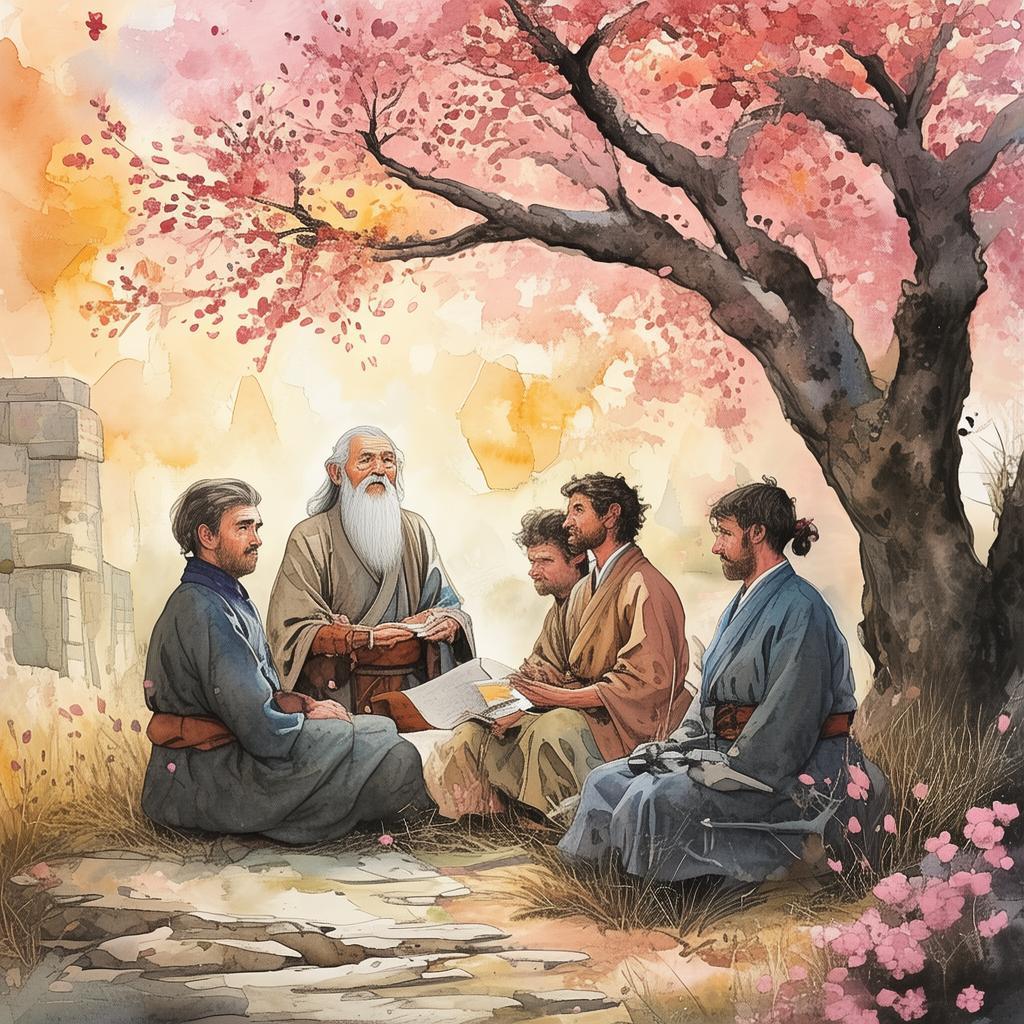
When she reached the tree, she found it standing as if in a trance, its branches lifeless and its bark cracked. She knelt by its roots, her eyes brimming with tears. “Old Willow,” she whispered, “I have always admired your strength. Why have you forsaken us?”
The wind rustled through the branches, and Ling heard a faint whisper, almost like the voice of the tree itself. “Ling, my dear, I have not forsaken you. I have merely entered a period of rest. Like the seasons, I too must undergo my own rebirth.”
Ling did not understand the tree’s words, but she felt a strange calm settle over her. She vowed to care for the Old Willow, to keep it watered and to nurture it through the dark days of winter.
As spring approached, the villagers began to notice that the Old Willow was indeed changing. Small green sprouts began to appear, and the tree began to show signs of life. The news spread quickly through the village, and the villagers, once again, gathered to witness the rebirth of their beloved landmark.
Ling was the first to see the new leaves unfurl, a testament to the tree’s enduring spirit. She smiled, knowing that the Old Willow’s message was true. It was not death, but a new beginning.
The villagers celebrated the Old Willow’s resurrection, and the tale of its endurance and renewal spread far and wide. The tree became a symbol of hope, a reminder that even in the darkest times, life would continue to thrive.
Years passed, and the Old Willow grew stronger, its branches reaching out to the sky. It became a place of solace for the villagers, a place where they would gather to share stories and to remember the lessons the Old Willow had taught them.
And so, the idiom “the willow’s resurrection” was born, a symbol of endurance and the cycle of life, a testament to the power of hope and the beauty of rebirth.
✨ Original Statement ✨
All articles published on this website (including but not limited to text, images, videos, and other content) are original or authorized for reposting and are protected by relevant laws. Without the explicit written permission of this website, no individual or organization may copy, modify, repost, or use the content for commercial purposes.
If you need to quote or cooperate, please contact this site for authorization. We reserve the right to pursue legal responsibility for any unauthorized use.
Hereby declared.
